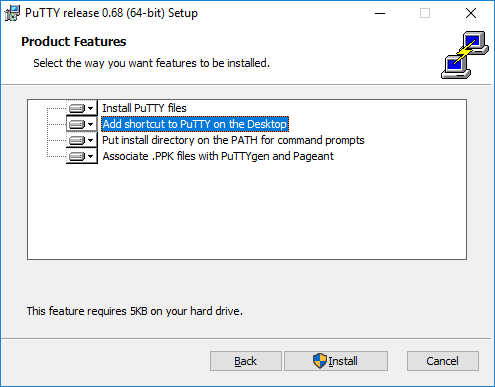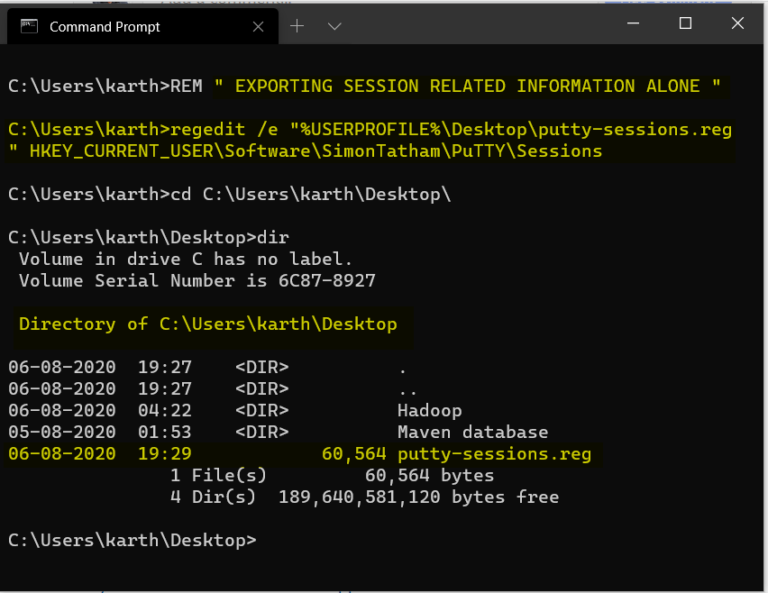


On Debian, use the following command: sudo aptitude install puttyįollowed by the tools installation command: sudo aptitude install putty-tools MacOS At the end come back to sessions tab and click save button to save all the changes.Most people use the preinstalled OpenSSH on Linux, however, PuTTY on Linux is used more for debugging, connecting to serial ports, and to raw sockets. You can now go ahead and customize the settings. To create a new session, type a name in the text box under ‘ Saved sessions‘ and click ‘ save‘. In the initial configuration, there will be only one session named ‘ Default settings‘. When you open putty, you will see the session tab. Instead, you can create a separate session for each of the servers, and then load the session corresponding to the required server. You don’t need to type your server name and user name every time you connect to a server. Use an additional connection manager like Putty Connection manager.

For more information, check this auto login using Putty. Generate ssh private keys and use these keys for auto login.If you want to auto login using username and password, then you have below two options. To specify the user name, go to Connection -> Data, and enter your login id for the remote server in the ‘Auto-login username’ field. Putty can save user name but not password. After making changes, go to Session and save the settings by clicking on save button.

Select which specific option you want to edit(background color, foreground color etc) and specify the RGB values or select a color using modify button. You can also modify the colors using the modify button at the bottom.


 0 kommentar(er)
0 kommentar(er)
